Grape Variety
Orangetraube
"oh-RAHN-guh-trow-buh"
Wine Styles
 Sparkling
Sparkling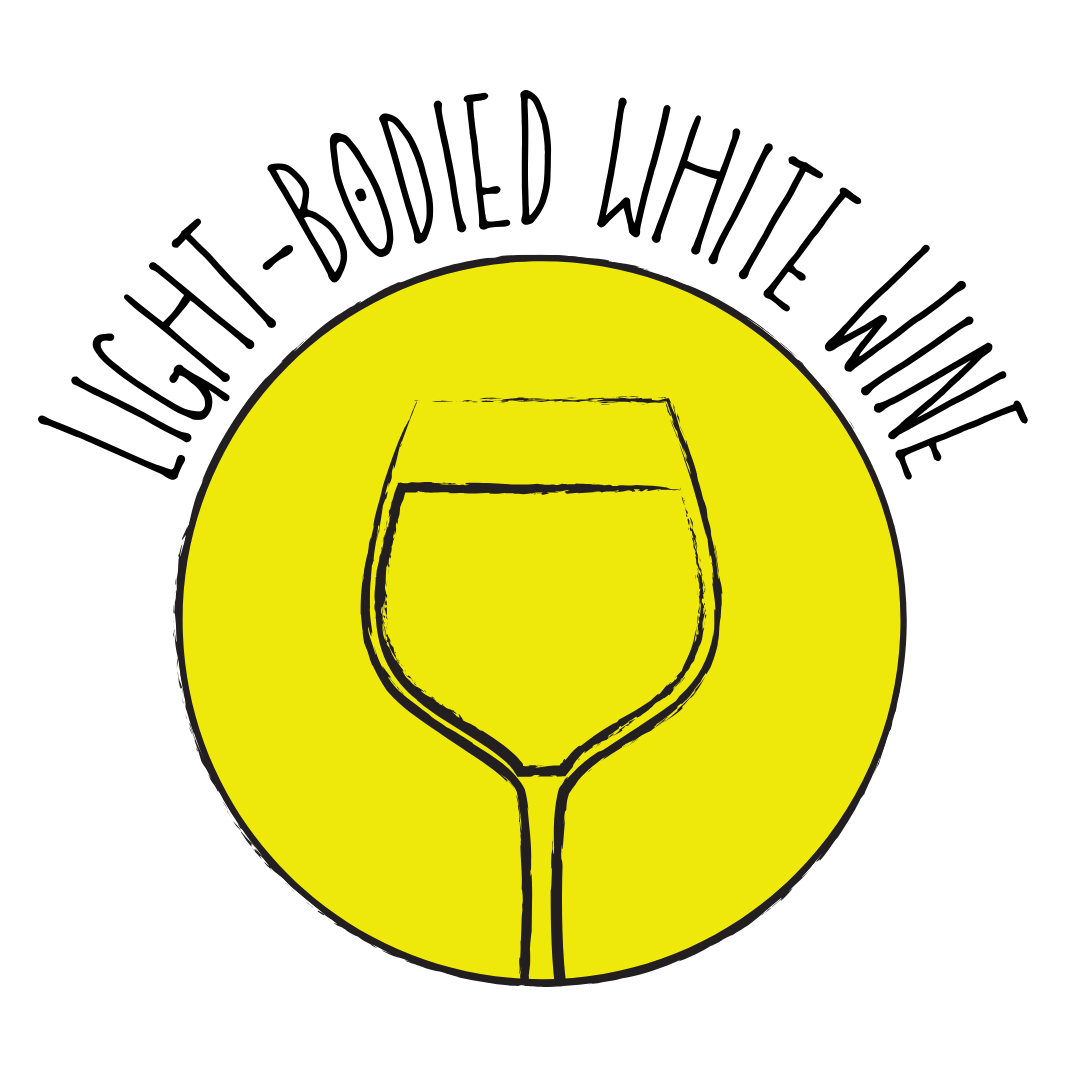 Light White
Light White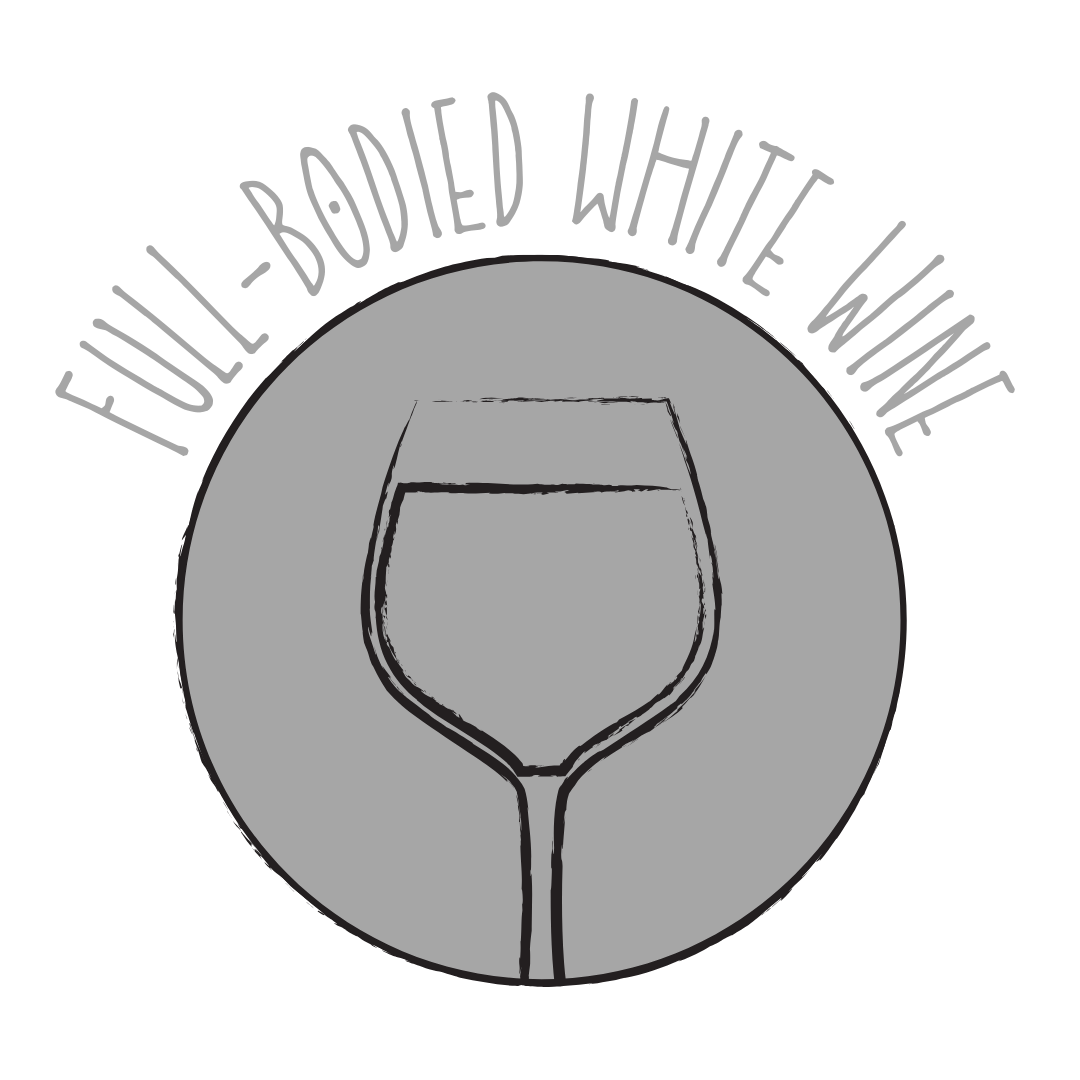 Full White
Full White Aromatic
Aromatic Rosé
Rosé Light Red
Light Red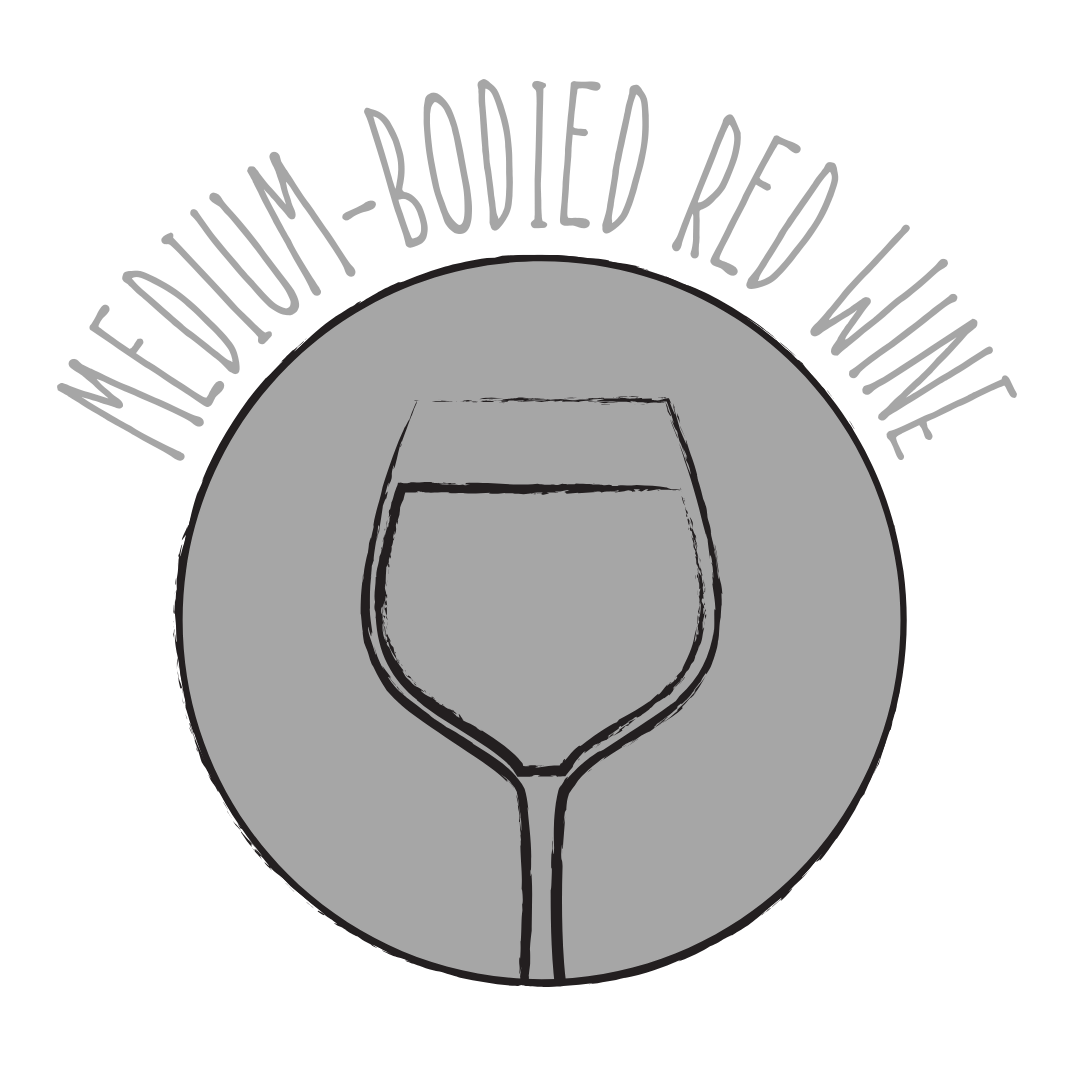 Medium Red
Medium Red Full Red
Full Red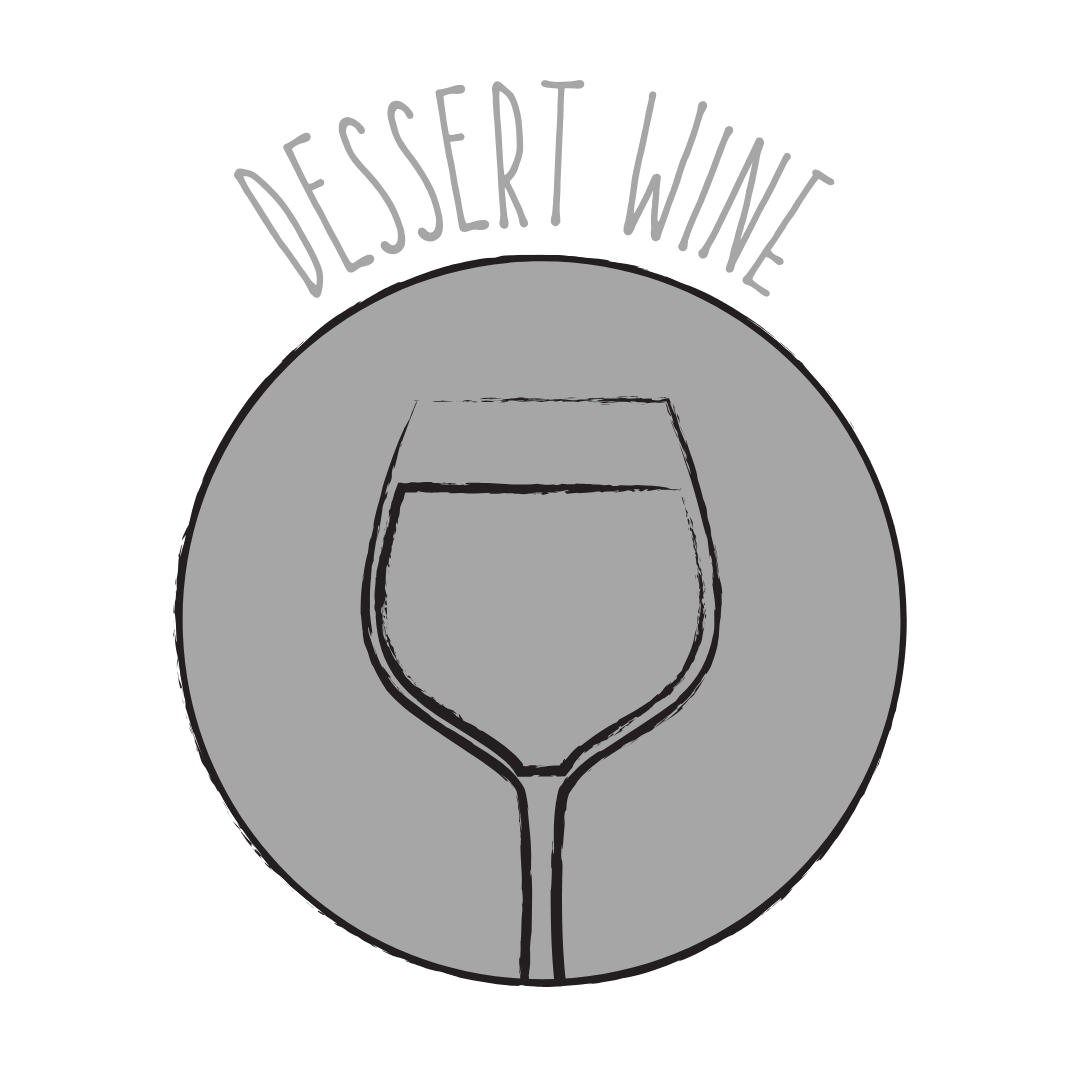 Dessert
DessertAbout Orangetraube
Origin
Germany
History
Orangetraube is a white grape variety that most likely originates from Germany. It was found and selected by the German ampelographer Johann Philipp Bronner in 1840 near Speyer in Rhineland-Palatinate. Bronner named it 'Zaehringia nobilis' after the old Swabian ruling dynasty of the Zähringers and gave it the common name 'Orangetraube' due to its intense aroma. The variety was long considered a wild vine. According to DNA analyses carried out in 2013, it originated from a presumably natural cross between Pinot and Chasselas. Orangetraube yields golden-yellow, low-acid white wines with aromas of orange blossom and stone fruits and is also used as a table grape. It is cultivated in small quantities in Austria, particularly in Burgenland and Vienna.
Appearance
Medium-sized, spherical berries with a greenish-yellow skin that can take on a slightly orange tint when fully ripe.
Growing Traits
Orangetraube is a relatively rare variety, cultivated in small quantities. It is known for its aromatic qualities and is sometimes used in field blends, particularly in Austria's Gemischter Satz wines. The grape's skin can develop an orange hue at full ripeness, which is reflected in its name.
Wine Characteristics
Body
2/5
Sweetness
1/5
Tannin
1/5
Acidity
3/5
Alcohol
2/5
Light to medium-bodied with a delicate and aromatic profile, offering subtle complexity. Typically vinified dry, though it can exhibit ripe fruit characteristics. Low tannin levels, typical of white grape varieties, contributing to a smooth mouthfeel. Medium acidity, providing freshness and enhancing its crisp character. Moderate alcohol content, generally around 12-13%, contributing to its light and approachable nature.
Taste Profile
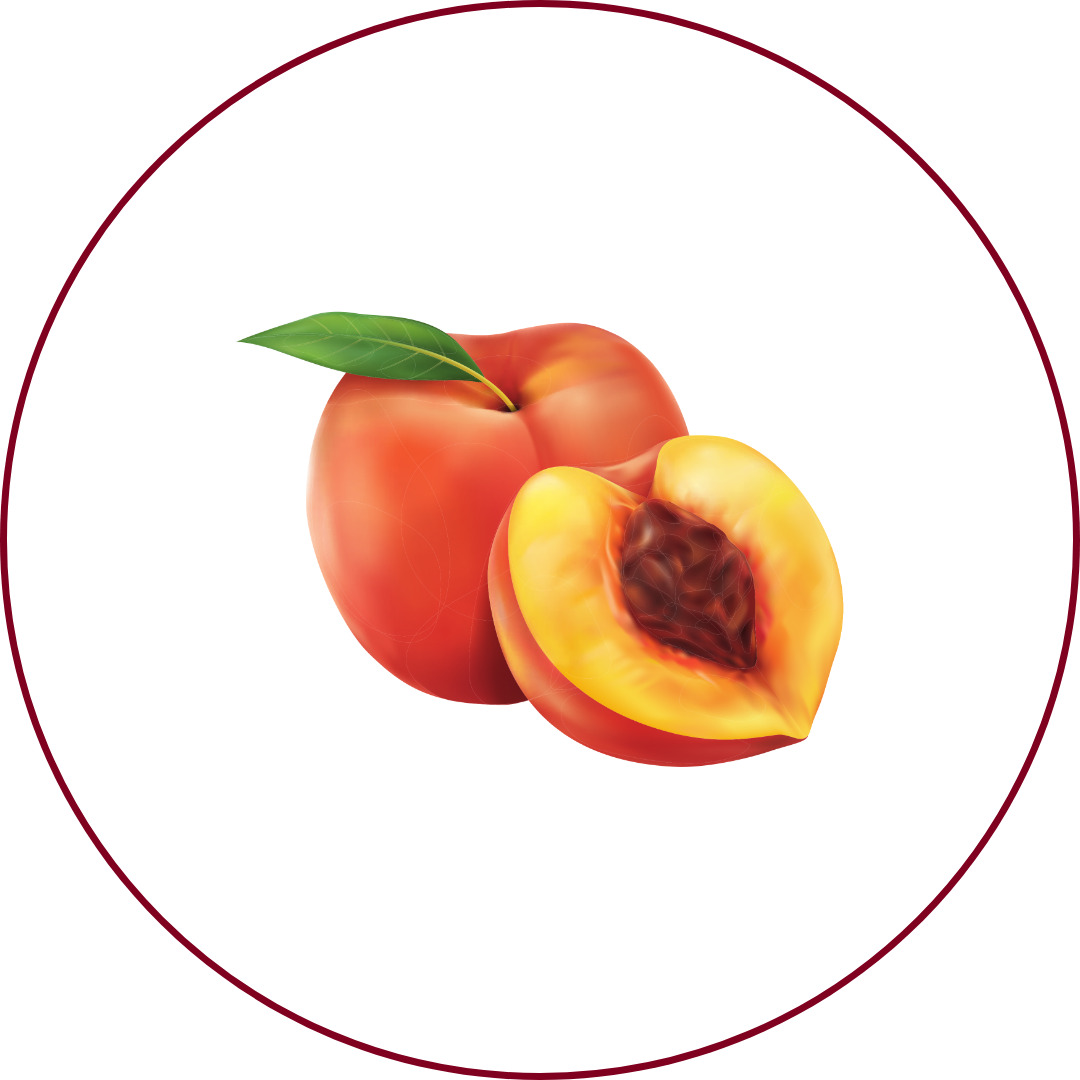
Peach
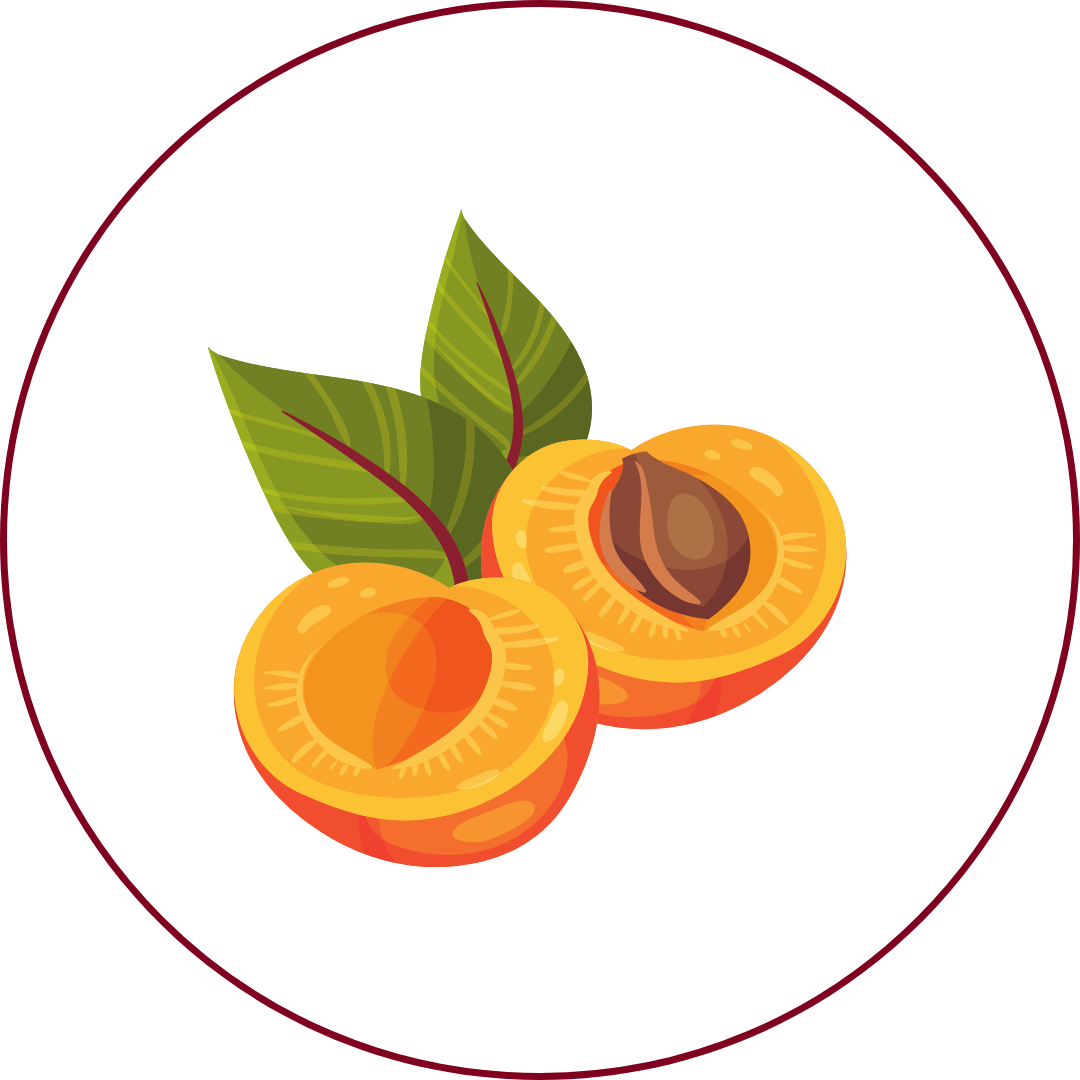
Apricot

Orange blossom

Honeysuckle
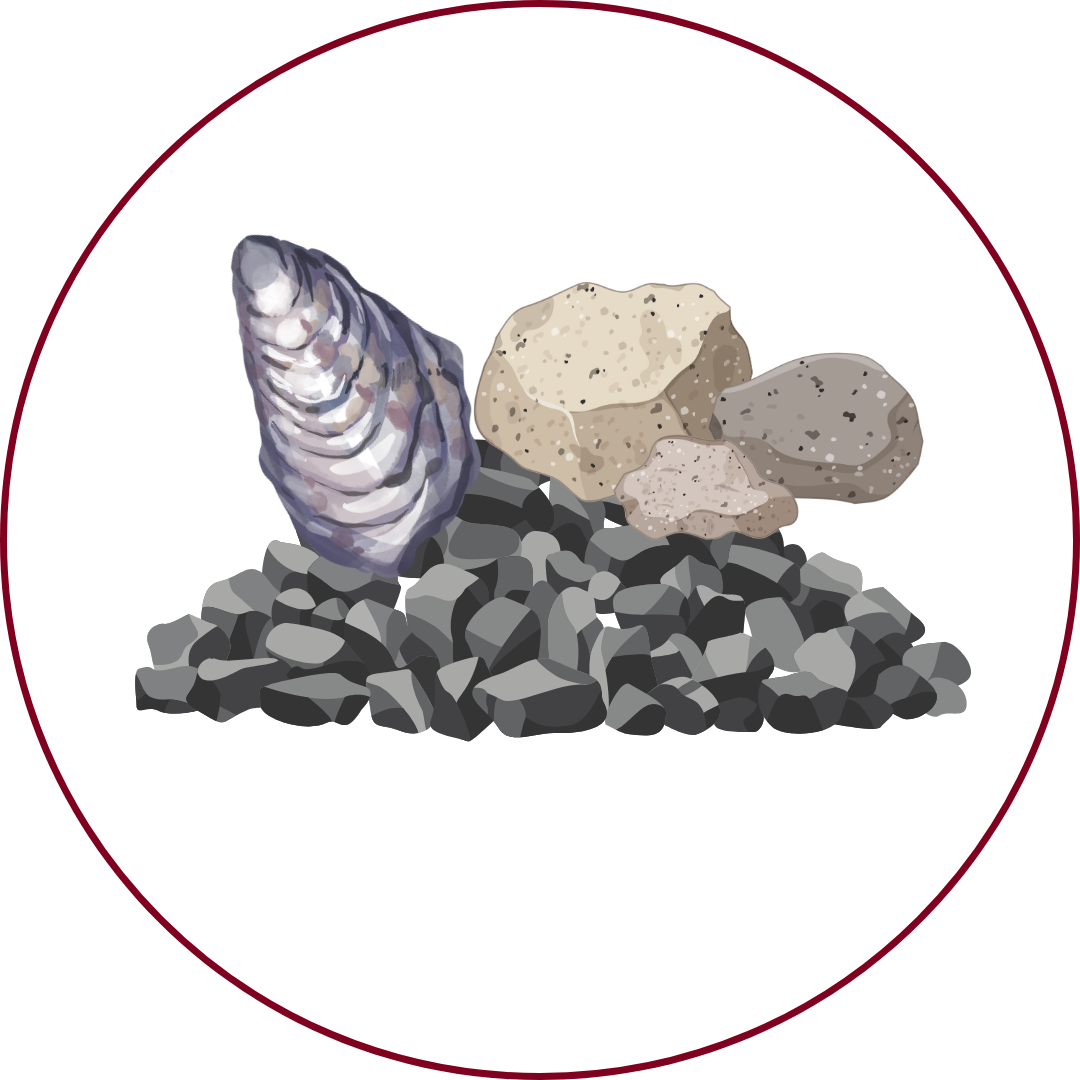
Mineral
Orangetraube wines are characterized by intense peach and apricot fruit flavors, with spicy tones and elegant minerality. Fine acidity is well-balanced with subtle residual sugar, leading to a refreshing and clean finish.
Food Pairing
Orangetraube's light body and aromatic profile make it a versatile companion for various dishes. It pairs well with light seafood or vegetarian appetizers. Its fine acidity complements fresh salads and mild cheeses, making it a delightful aperitif.
Growing Regions

Austria
BurgenlandVienna

Germany
Rhineland-Palatinate
Notable Wines & Producers
Zahel Orange T
Weingut Zahel
Orangetraube FAQ
Common questions about this grape variety
What is the origin of Orangetraube?
+
Germany
Is Orangetraube wine full bodied?
+
Orangetraube has a body level of 2 out of 5. Which means that Orangetraube is Moderate to Light bodied.
Is Orangetraube wine dry or sweet?
+
Orangetraube has a dryness level of 1 out of 5. Which means that Orangetraube is Dry.
Where is Orangetraube wine from?
+
Germany
Where is Orangetraube grown?
+
Orangetraube is grown in Austria (Burgenland, Vienna)Germany (Rhineland-Palatinate).
What is Orangetraube like?
+
Orangetraube wines are characterized by intense peach and apricot fruit flavors, with spicy tones and elegant minerality. Fine acidity is well-balanced with subtle residual sugar, leading to a refreshing and clean finish.
What does Orangetraube pair with?
+
Orangetraube's light body and aromatic profile make it a versatile companion for various dishes. It pairs well with light seafood or vegetarian appetizers. Its fine acidity complements fresh salads and mild cheeses, making it a delightful aperitif.
What does Orangetraube taste like?
+
Orangetraube wines are characterized by intense peach and apricot fruit flavors, with spicy tones and elegant minerality. Fine acidity is well-balanced with subtle residual sugar, leading to a refreshing and clean finish.
Take Orangetraube Knowledge with You
Access detailed grape profiles, tasting notes, and pairing suggestions on your iPhone.
Download on theApp Store